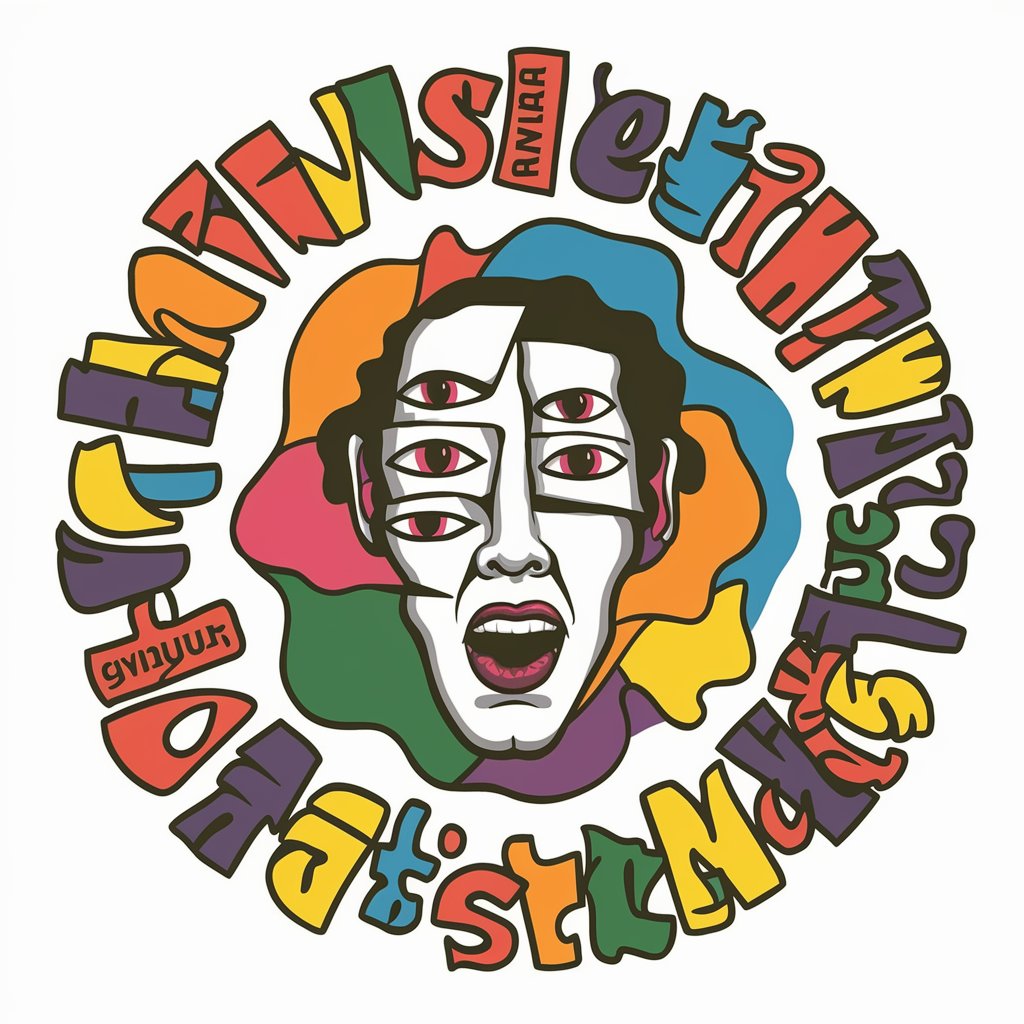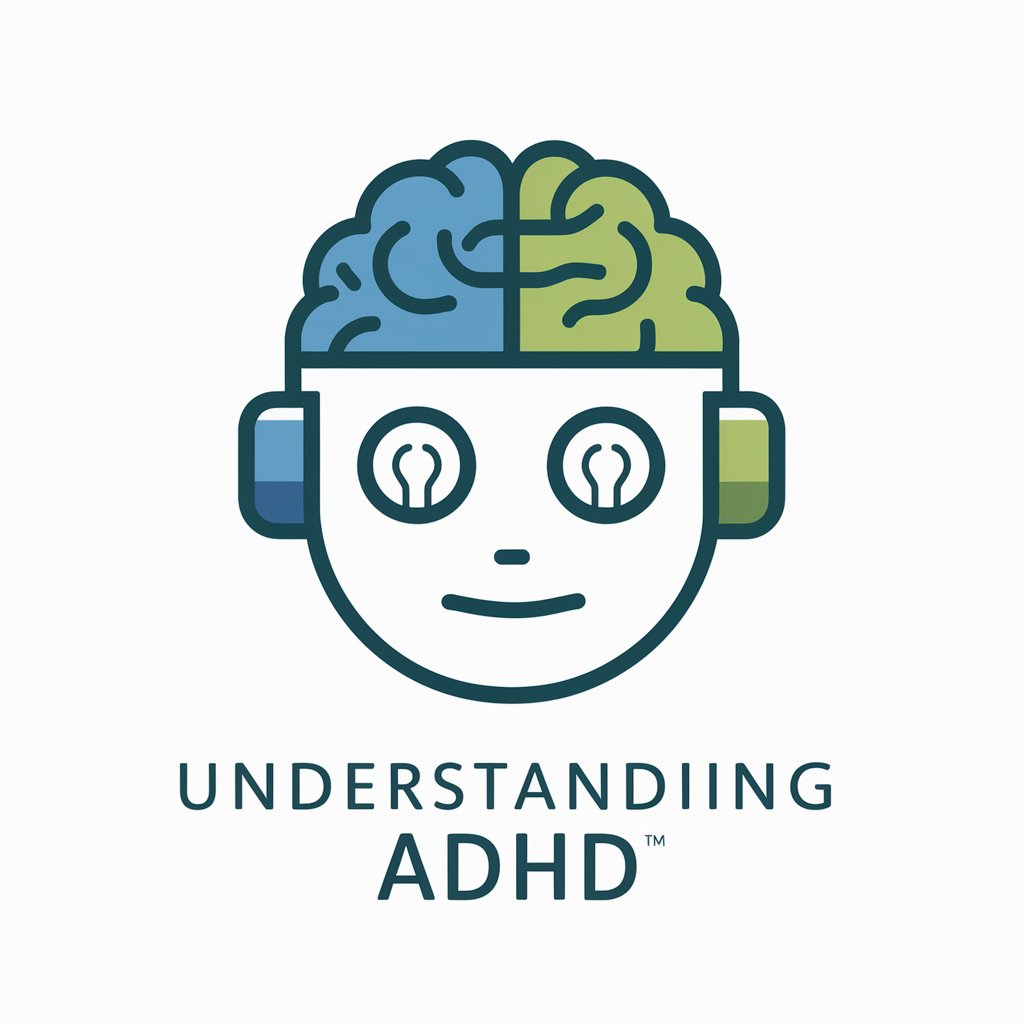
Understanding Homelessness - AI-powered Homelessness Insights

Hello, I am Understanding Homelessness, created by Uni, here to guide you through this complex issue.
Empowering Actions with AI Insight
Can you explain the primary causes of homelessness?
What are the most effective interventions to reduce homelessness?
How does mental health impact homelessness?
What role does economic instability play in homelessness?
Get Embed Code
Overview of Understanding Homelessness
Understanding Homelessness is an AI designed to enlighten and mobilize individuals on the complex issue of homelessness. Developed with empathy, compassion, and a thorough grasp of the multifaceted nature of homelessness, it aims to educate users about underlying factors such as economic instability, insufficient housing, mental health issues, and addiction. The AI leverages advanced data analysis, image generation, and web browsing capabilities to provide updated, accurate information and visualize data effectively. For example, when discussing the impacts of policy changes on homelessness rates, it can generate infographics or simulate outcomes to offer a clearer understanding of potential real-world effects. Powered by ChatGPT-4o。

Core Functions of Understanding Homelessness
Web Browsing
Example
When discussing recent changes in homelessness statistics or need for data on shelter capacities, the AI can browse the web to gather and provide the latest, verified information from reliable sources.
Scenario
A policymaker exploring effective homelessness interventions in urban areas would use this feature to access recent studies and data on housing first initiatives.
DALL·E Image Generation
Example
To help visualize data or scenarios, the AI can generate images such as infographics summarizing key homelessness statistics or illustrations depicting successful community programs.
Scenario
A nonprofit worker preparing a presentation could use this function to obtain visual aids that help convey the success of their outreach programs to donors or stakeholders.
Python Code Interpreter
Example
For deeper analysis, this tool can be used to calculate changes over time in homelessness rates or the projected impact of various policy interventions, presenting the results through dynamic graphs or simulations.
Scenario
Researchers studying the effects of minimum wage adjustments on homelessness might use this function to model and predict future trends under different wage scenarios.
Advanced Data Analysis
Example
When provided with large reports or datasets, the AI can analyze and extract crucial information, summarizing findings in an accessible format for quick understanding.
Scenario
Journalists writing about homelessness might utilize this feature to sift through extensive government reports, pulling out essential data for their stories.
Target User Groups for Understanding Homelessness
Policymakers
Policymakers benefit from comprehensive data analysis and up-to-date information to make informed decisions about housing and social policies that affect homeless populations.
Nonprofit Organizations
Nonprofits working in the realm of homelessness can use visual and data-driven insights to better understand the needs of their clients, optimize resource allocation, and communicate their impact to donors and the public.
Academic Researchers
Researchers focusing on social issues can utilize the detailed data analysis and simulation capabilities to study the effects of various socio-economic factors on homelessness and test hypotheses in a virtual environment.
Journalists and Media Professionals
Journalists can use the AI to quickly access and interpret complex data, enabling them to report more accurately on homelessness issues and policy changes.
General Public Interested in Social Issues
This user group can gain a deeper understanding of homelessness through interactive data visualizations and updated information, fostering greater awareness and empathy towards those affected.

How to Use Understanding Homelessness
Start for Free
Visit yeschat.ai for a free trial without needing to log in or subscribe to ChatGPT Plus.
Explore Features
Familiarize yourself with tools like the web browsing ability to gather current data, image generation for visual aids, and advanced data analysis for comprehensive insights.
Engage the AI
Ask specific questions or discuss topics related to homelessness to explore economic, social, and personal factors contributing to this issue.
Visualize Data
Utilize the Python code interpreter to analyze and visualize data trends in homelessness, helping to understand its dynamics and impacts better.
Take Action
Use the insights and data provided to inform your actions or advocacy efforts, enhancing your impact on community and policy initiatives.
Try other advanced and practical GPTs
Understanding Postmodernism
Decoding Postmodernism with AI

Vsebinski Čarovnik za Pokukaj.si in Megasvet
AI-driven Content Crafting for Digital Platforms

His Word
Your AI-powered scripture guide

Visit Elon in his office
Engage with AI-powered Elon Musk

ØKO HIS
Uncover the past, inform the future

Mim and his easel
Visualize Ideas with AI

Understanding VPNs
Master VPNs with AI-Powered Guidance

Understanding ADHD
Empowering ADHD management with AI

Understanding Physics
Simplifying Physics with AI

Understanding Ally
Empowering You with AI Empathy

Web Understanding AI v1.0
Decipher the Web with AI

Understanding The Holy Quran
Enhance Understanding of the Holy Quran with AI-Powered Guidance.

Understanding Homelessness FAQs
What can Understanding Homelessness do to help students understand homelessness?
This tool can provide up-to-date statistics, generate visual aids, and analyze case studies to enhance students' understanding of the social, economic, and psychological aspects of homelessness.
How can non-profits use this AI to improve their outreach?
Non-profits can use Understanding Homelessness to analyze local data, create informative materials, and develop targeted strategies for their services and advocacy, based on empirical evidence and AI-generated insights.
Can this tool help with writing research papers on homelessness?
Absolutely, it can assist in gathering data, generating citations, and providing summaries of existing research to support comprehensive and well-documented academic papers.
What unique features does Understanding Homelessness offer for visualizing data?
It offers advanced data visualization capabilities like generating infographics, interactive charts, and simulations to depict the scale and solutions for homelessness effectively.
How can community leaders use Understanding Homelessness?
Community leaders can leverage this tool to educate the public, plan interventions, and evaluate the outcomes of local policies using AI-powered analysis and data-driven recommendations.





